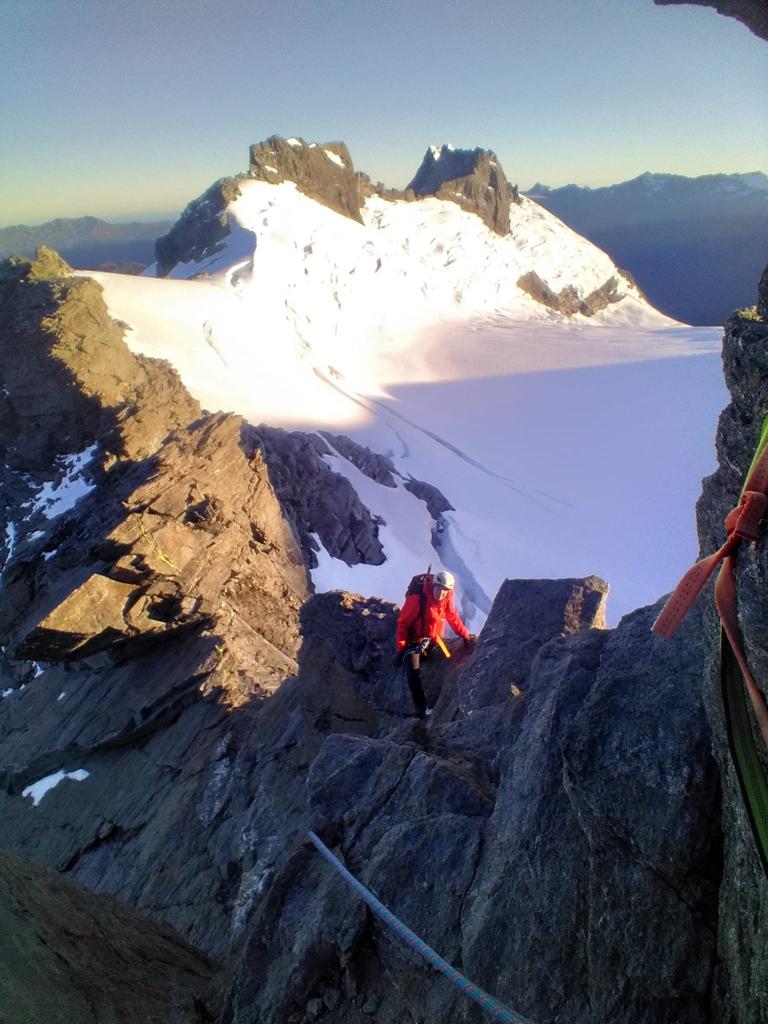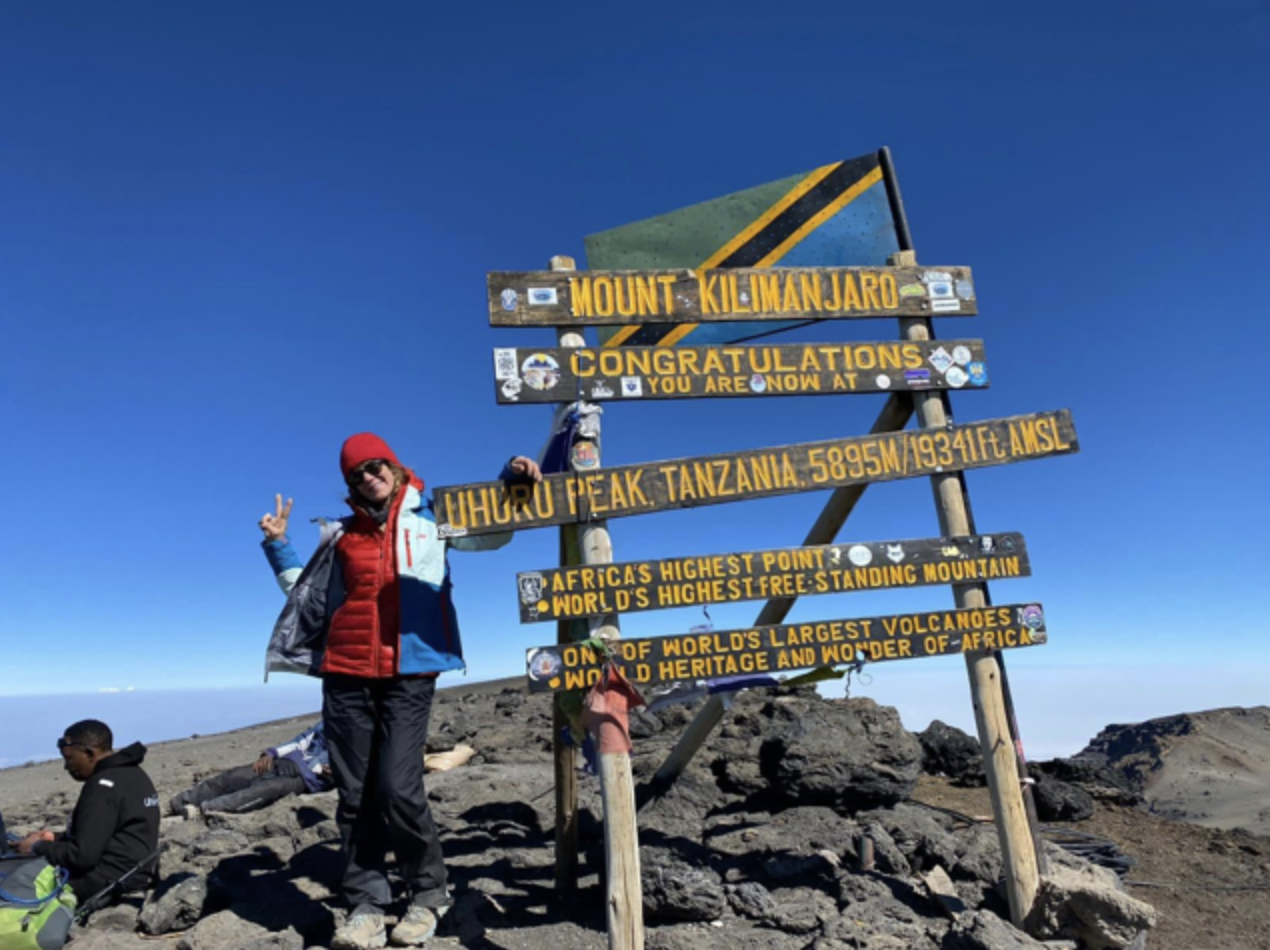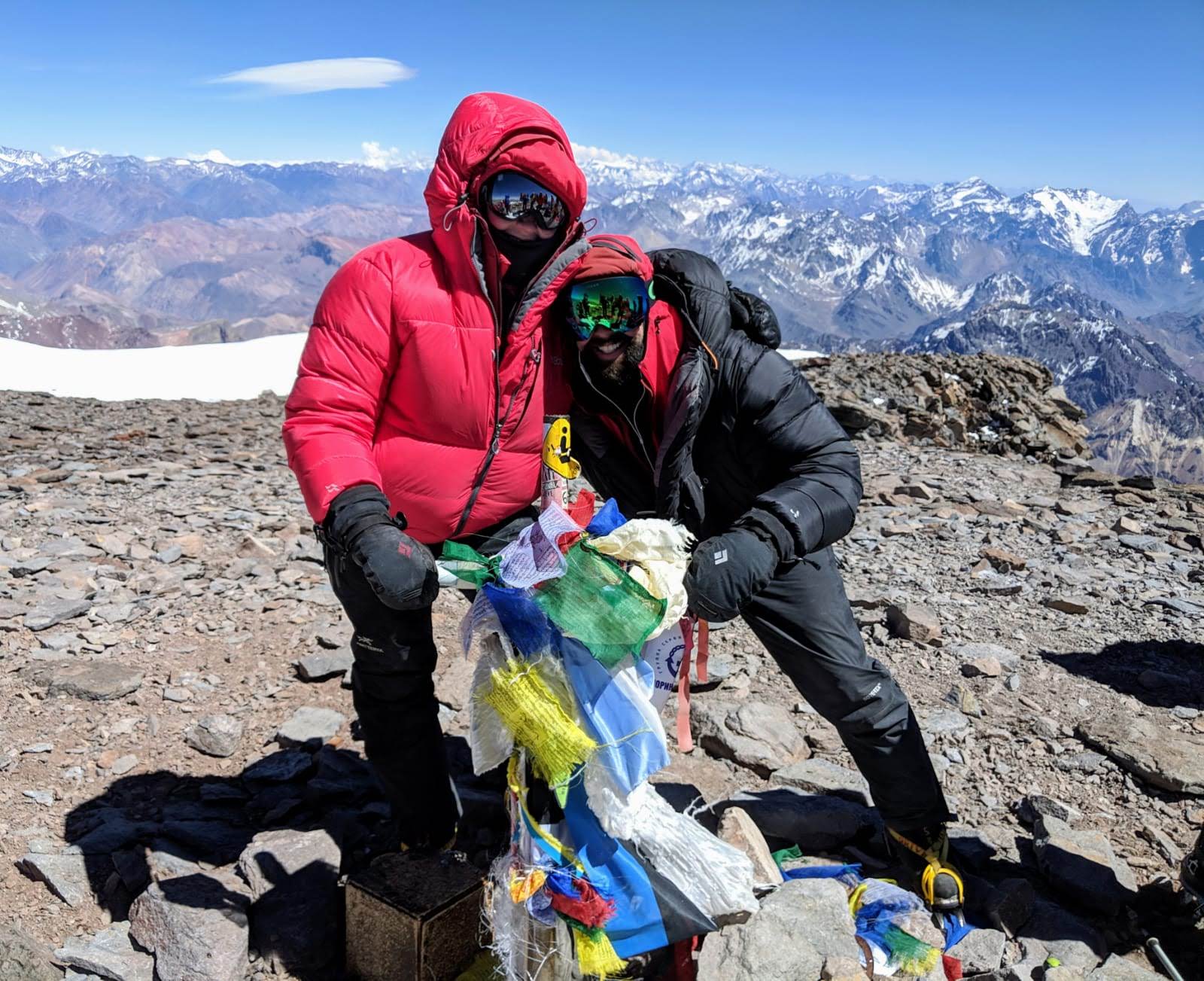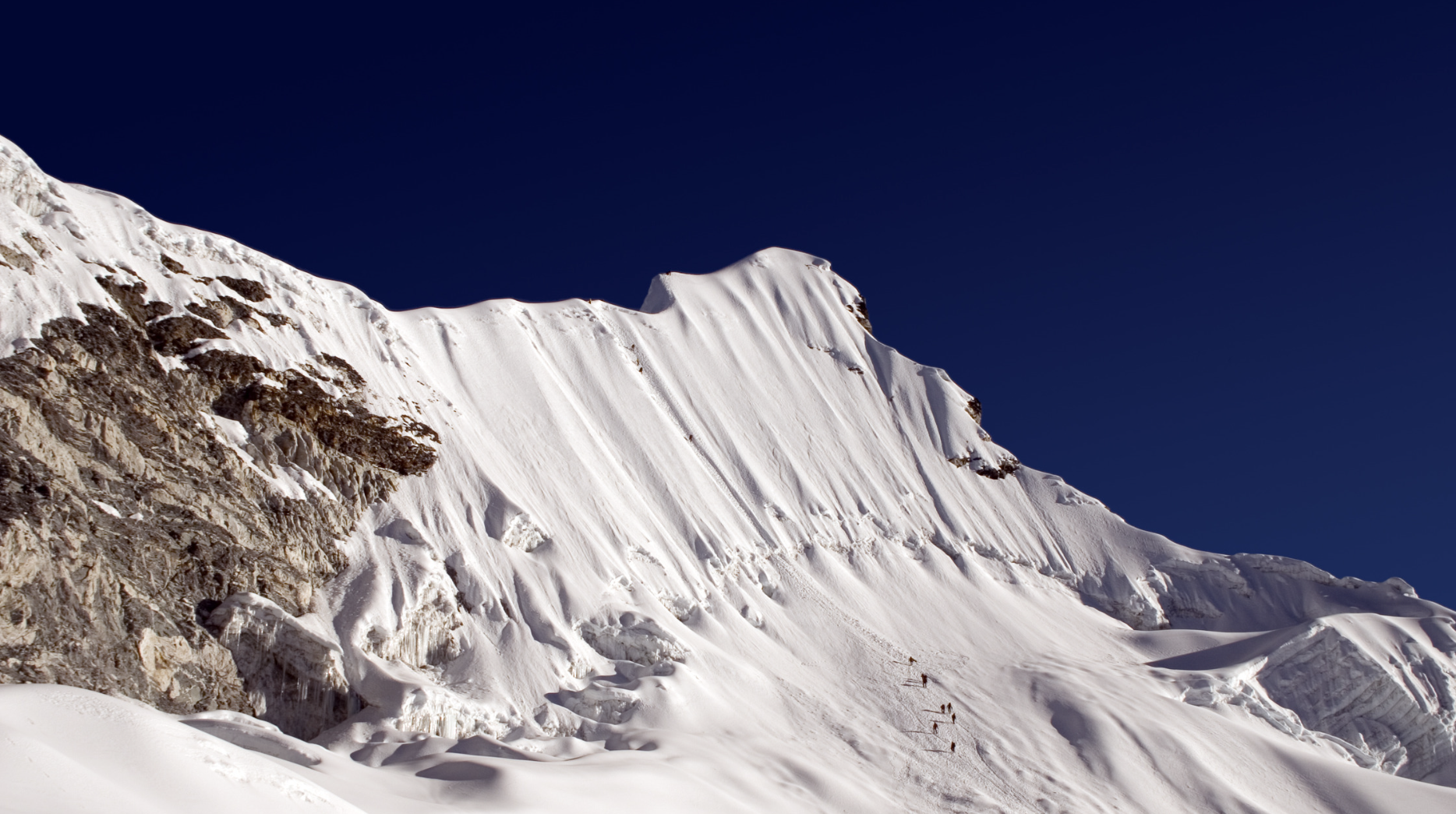Is Cycling Good Training For Hiking/Trekking?
Yes! It is a form of Aerobic Fitness that is one of the five essential training principles to Mountaineering and Trekking at high altitude. Not only to you build good leg and glute strength but you also improve your aerobic capabilities.
How Do You Strengthen Your Legs For Mountaineering and/or Trekking?
Did you know that it takes over 200 muscles to take one single step. Now imagine taking an average of 130,000 steps to reach the summit of Kilimanjaro. You get the picture right? You need strong legs and more importantly strong glutes (your butt muscles) to get you to the top. Having strong glutes is essential because with a big step up (like climbing a flight of stairs two steps at a time) it is actually your glutes that do most of the work rather than your leg muscles. The best exercises simulate the movements you’ll be experiencing on your adventure. You can add to this and train your legs even more by training in the boots you plan on using and doing as much of your training on an uneven surface as possible
Here are a few examples of great leg (and glute!) exercises for mountaineering.
- Side Step Ups
- Step Ups
- Walking Lunges
- Squats (with varied foot positions)
- Side Lying Glute Exercises
- Wall Sits
- Uphill Walking (with your backpack on)
How Do I Get In Shape For Hiking/Trekking?
It is a combination of training specific to the route you plan on taking and a balanced nutrition plan that supplies you with enough calories and nutrients to train at your absolute max without feeling exhausted from a calorie deficit, all the while losing weight. Have a look around my Training and Nutrition resources and you’ll find all the help you need to get in shape for your high altitude adventure.
How Can You Climb A Mountain Without Any Training?
I laughed out loud when I received this question a year or so ago. This is a lazy question and lazy mentality for an adventure that requires the exact opposite of “lazy”.
You absolutely cannot climb a mountain without training for it. There is no getting around the effort you need to put in at sea level in order to not just survive but thrive at altitude. Unless you are already insanely fit, which would indicate that you are the type of person who likes training and therefore would never ask this type of question, then yeah sure, you could probably get away without training, but most of us (myself included) have to train for a mountain climb or high altitude trek, there is no getting around it.
Beginner Mountaineering Guide?
Click here to buy and read “A Step-By-Step Manual To Mountaineering & Trekking Around The World”. You’ll find everything you need to know to prepare for any non-technical high altitude mountain or trekking route from training, to nutrition, to gear, to tips and best practices for the actual climb as well as some of the most powerful mentality techniques to help you reach the Summit and overcome the potentially challenging conditions that come with adventuring to high altitude.
How Do I Strengthen My Knees For Hiking?
You need to read and understand 2 of my 5 Training Principles in order to prepare your knees for your adventure.
1. Ankle Mobility and Balance
You may not have been expecting “Ankle Mobility and Balance” as an answer to this Knee related question, but it is actually the foundational principle of preparing your knees for any hiking, trekking or mountaineering adventure. By working on the mobility of your ankles, your feet, knees and hip joint are able to move in the anatomically correct position, which means your muscles are loaded correctly rather than straining and stressing the muscles unequally. As a general rule of thumb, we are more likely to suffer an injury when the muscles are loaded incorrectly from imbalances or bad biomechanics.
Look at The Leaning Tower Of Pisa. This is a perfect example of loading incorrectly. One side has almost no weight while the other side has the entire weight of the building. This is the same idea for your muscles.
By working on your balance, you strengthen the tiny muscles that stabilise the ankle joint and the larger muscles and ligaments that stabilise the knee. This is particularly important for coming down a steep slope.
2. Leg and Glute Strength
By doing a series of varied exercises that strengthen your legs and more importantly your glutes, you will also be strengthening the muscles that surround your knee joint and keep it stable.
Click here to read and buy “A Step-By-Step Manual To Mountaineering & Trekking Around The World” to get a better understanding of the other 3 Training Principles as well as how to integrate those principles into your training plan and calculating exactly how many hours you need to be training per week
Mountaineering Training and Preparation?
This includes a training plan specific to mountaineering and integrates The 5 Essential Training Principles For Mountaineering & Trekking, as well as following a nutrition plan that allows you to lose weight without compromising on your ability to give 100% during your training sessions. Make sure you have a look around my Resources page and go through all of the blog topics available for mountaineering training and preparation. You will find the answers you’re looking for and if not, feel free to drop me a line through my Contact Page and I will happily answer you and help you where possible.
Leg Exercises For Mountaineering?
Did you know that it takes over 200 muscles to take one single step. Now imagine taking an average of 130,000 steps to reach the summit of Kilimanjaro. You get the picture right? You need strong legs and more importantly strong glutes (your butt muscles) to get you to the top. Having strong glutes is essential because with a big step up (like climbing a flight of stairs two steps at a time) it is actually your glutes that do most of the work rather than your leg muscles.
Here are a few examples of great leg (and glute!) exercises for mountaineering.
- Sissy Squats (one of my favourite, that all of my clients do)
- Banded Squats
- Calf Raisers
- Step Ups
- Walking Lunges
- Squats (with varied foot positions)
- Side Lying Glute Exercises
- Wall Sits





